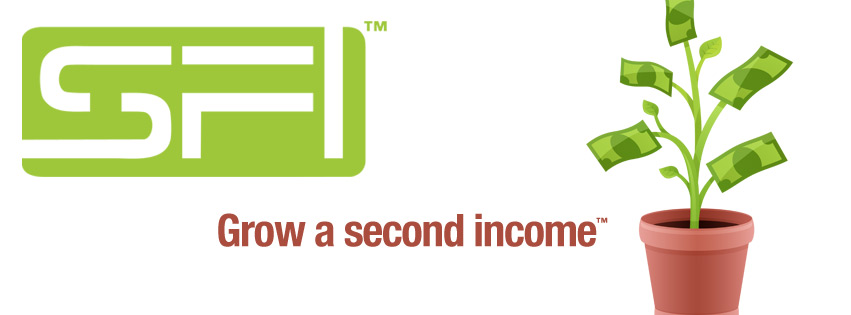Site Seals are those graphics you see on places like shopping carts that try to convey your information is safe. For example, the yellow circle with a black check mark that says, “Norton SECURED, powered by VeriSign.” The purpose of the seals is naturally to increase conversions, but not all seals are alike. And some placements can actually hurt your conversions rather than help.

Baymard conducted a study to see which seals people trusted the most, and you can see the results here:
https://baymard.com/blog/site-seal-trust
The Norton Secured and McAfee Secure were the clear winners.
You might think that using as many seals as possible would make the prospect feel the most secure, and thus increase conversions. But it’s also possible that populating your page with trust seals will only add to their anxiety and in the end, hurt your conversions.
Be careful to avoid using trust seals on your squeeze pages, as this telegraphs you’re going to be looking for a monetary transaction. When all you want is their email address, it’s generally best to avoid trust seals and save them for the payment page.
Two out-of-the-ordinary places to test placing trust seals is in your header and your footer. When Petco added McAfee’s security seal to their footer, conversions increased 1.76%. And when they placed the same seal in the top left area of the header, conversions increased a surprising 8.83%.
Bottom line, test everything. You never know for sure until you run an AB test.
